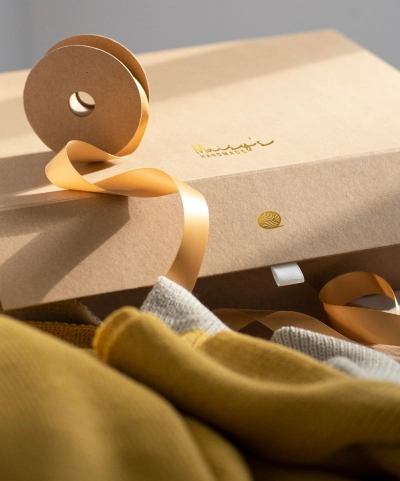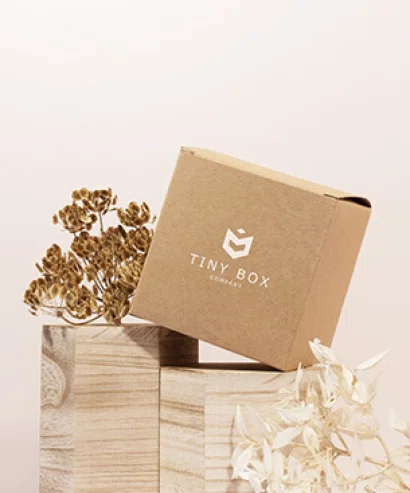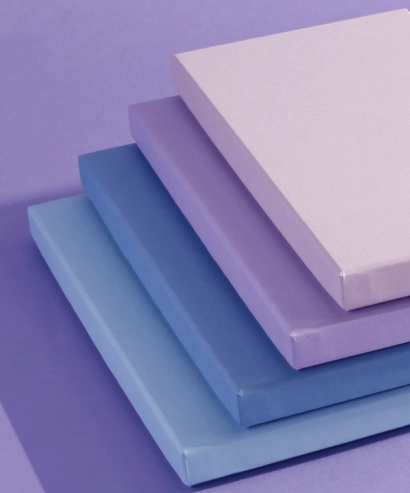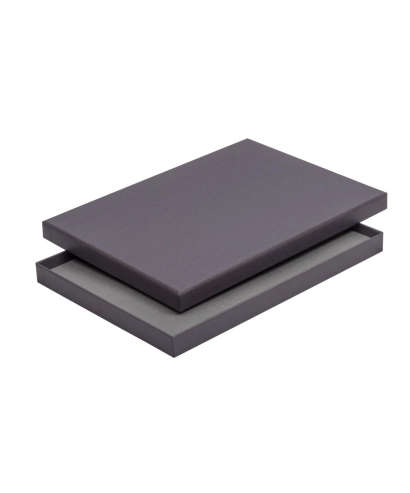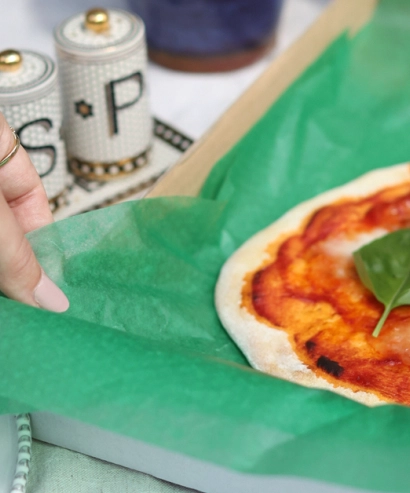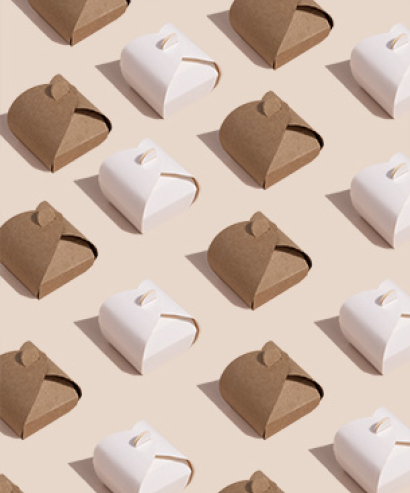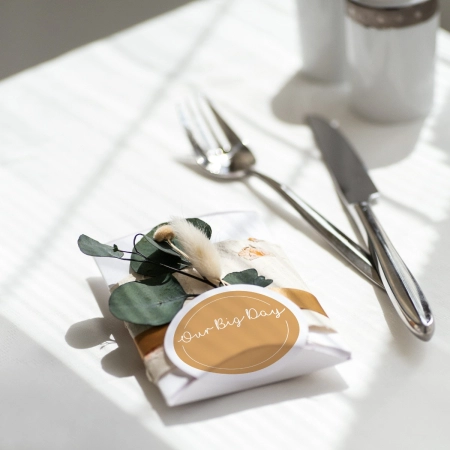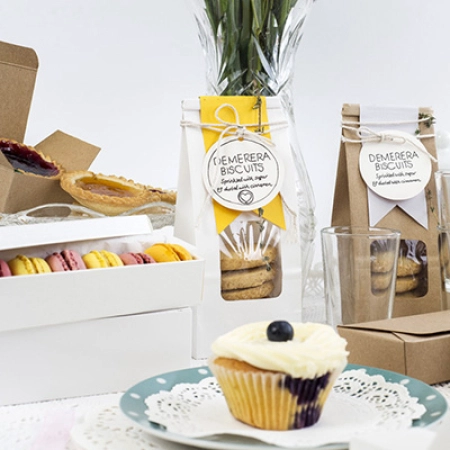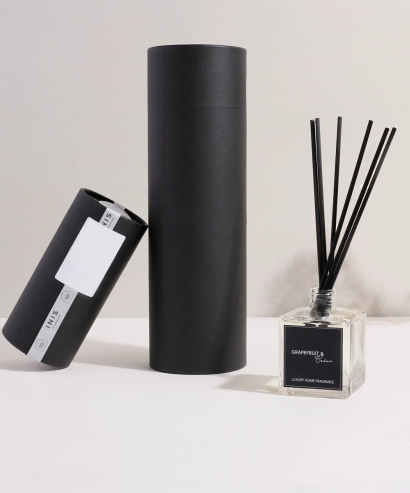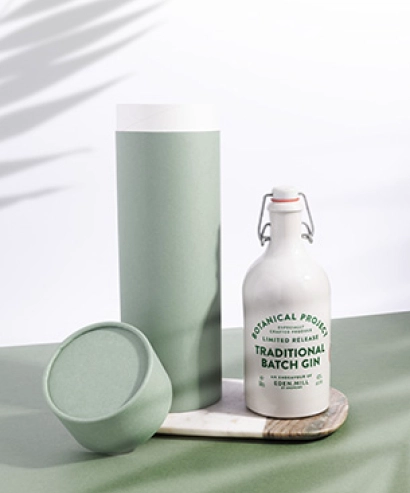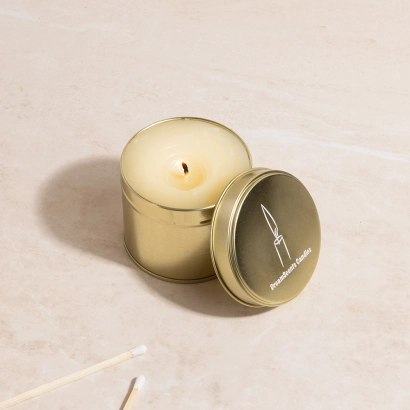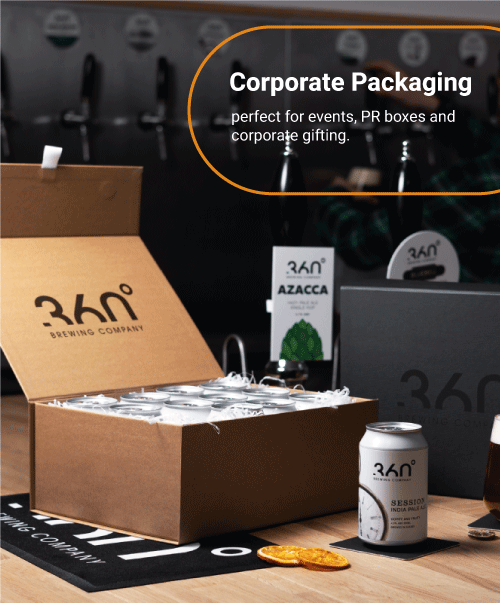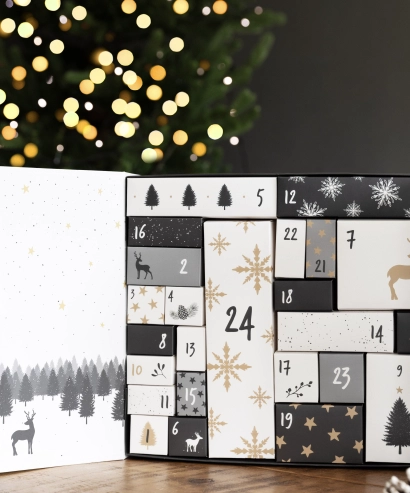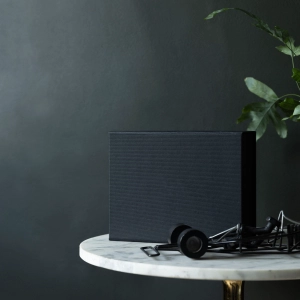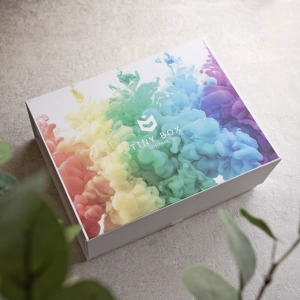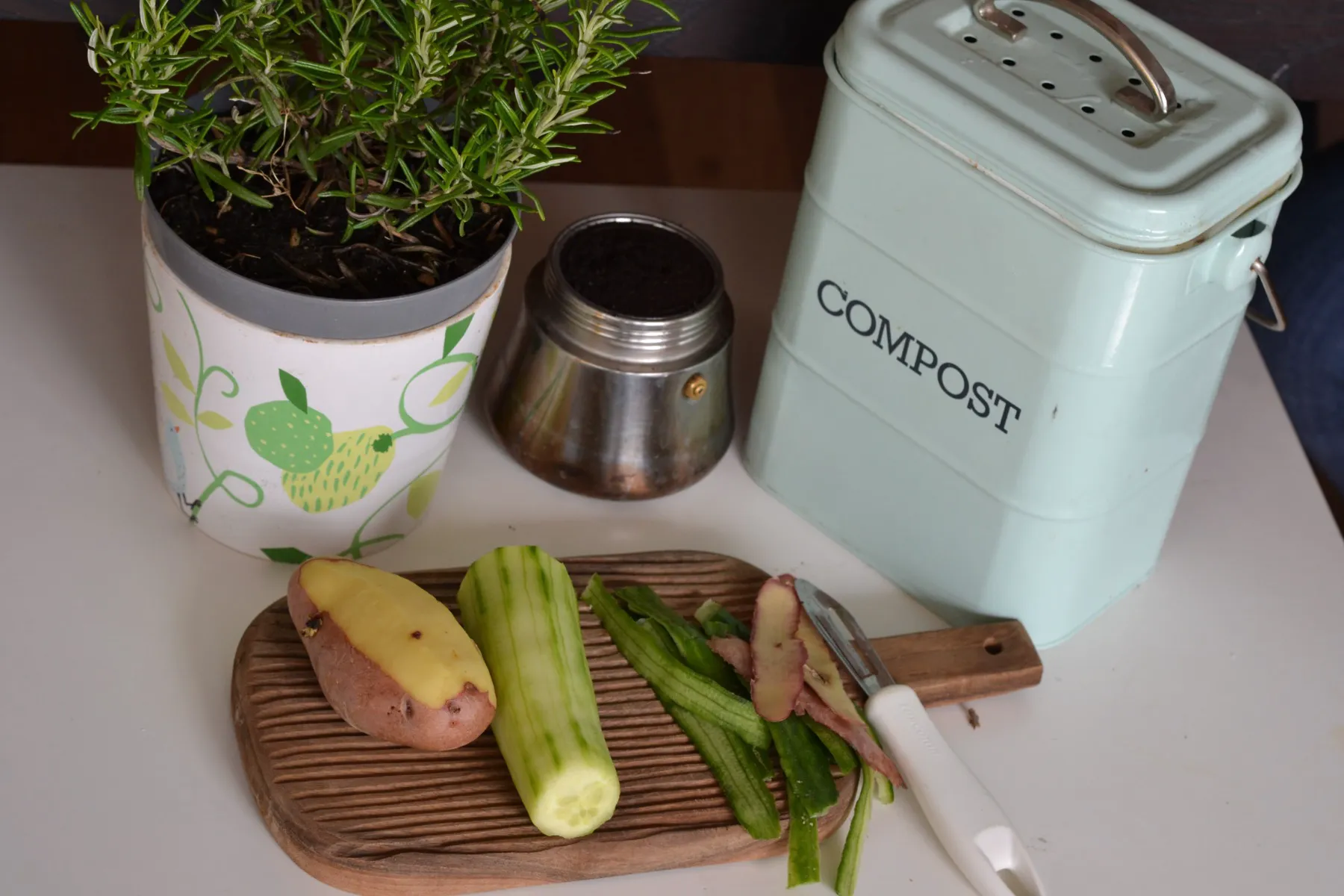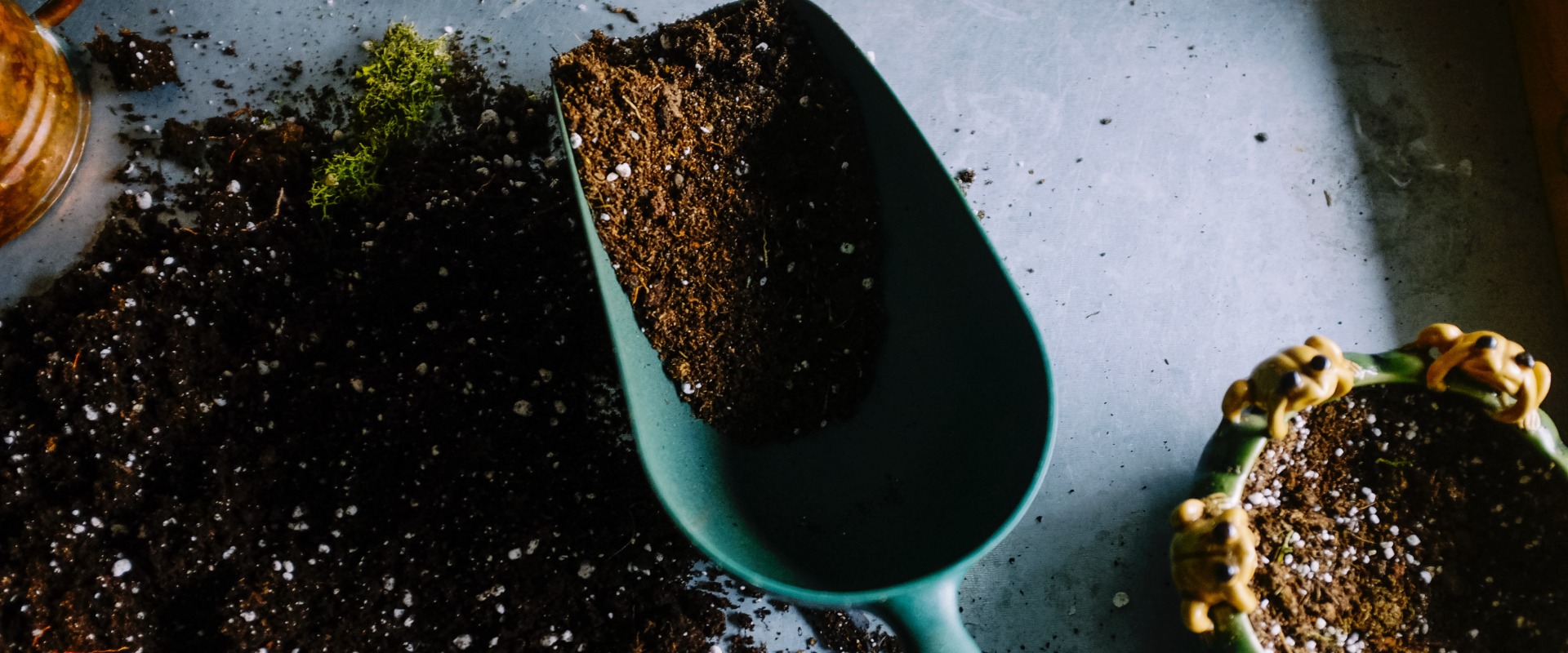
|
In a previous blog, I wrote about downcycling - The art of taking something useful and turning it into something less useful in the hopes that it may become something useful again. As part of my research for that I stumbled across some interesting materials that boast the ability to be composted, either at home or industrially composted. I had a sort of epiphany and realised that actually, if recycling isn't the way forward, this might just be the best way to increase the entropy of a product and perhaps the best way to achieve minimally impactful consumerism, leading to a more sustainable way of life. It led me down a bit of a rabbit hole, wherein I ended up somehow having more questions than answers. The overall gist of my findings were somewhat... dejecting. I ended up realising that composting is very much looked over in terms of a realistic solution, with companies often opting for recycled content and recyclability as a method of disposing of waste rather than opting to leave their product in the ground post-consumer. It's not particularly hard to understand why, mind you. As previously discussed, the importance of recycling has been beaten into us for years and obviously is a better alternative to waste management than landfill, but is it strictly better than composting outright?
So what actually is industrial composting?To understand the impact of industrial composting, we should probably understand what the industrial composting process looks like. We start off, as is probably best, at the start: Organic materials are consumed by you, lovely reader, and chucked in the compost bin, before being collected by the lovely people with hi-vis jackets and a big truck with the tippy back and transported to an industrial composting facility where it is roughly sorted by size and whether it is considered "carbon rich" or "nitrogen rich". Carbon rich organics include things like wood chips, paper products, leaves and yard trimmings (that's SEO speak for garden trimmings) generally speaking, green waste and wood products. Nitrogen rich organic waste is stuff like food waste. Fun fact, garden waste like leaves and grass trimmings is considered both depending on it's decomposition stage, when plant matter is green it's generally higher in nitrogen however when it rots a bit the nitrogen and moisture leaks out and is considered carbon waste. Cool huh? The two waste types are separated and mixed into sludges before being mixed in the proper ratios and deposited into one of three types of industrial composting facilities, In Vessel, Windrow, and Aerated Static Pile. Windrow Composting The Windrow Composting process involves placing mixed slurry into long piles (windrows) approx 4-8ft high and 14-18ft across. The shape and size allows the core of the windrow to remain a fairly constant temperature and moisture level, ensuring the ideal environmental conditions for composting. The long rows are turned, mixed and aerated periodically to allow organic matter to compost throughout the entire row. This is a great method of disposal for large volumes of waste like yard trimmings, fish and poultry waste as well as manure. SCARAB compost turner, turning a windrow of manure. Aerated Static Pile Composting The Aerated Static Pile composting process is similar to that of Windrow composting, however bulking agents like wood chips or shredded newspaper is added to the mix to create gaps in the compost mix. This loosely layered pile creates holes for air to penetrate the pile, forcing an even composting environment. Piles may also be placed over air pipes, allowing a greater degree of control over the air flow within the compost piles. Examples of Aerated Static Pile Composting In Vessel composting: The In Vessel composting process is perhaps the most high-tech way of making compost. It involves loading organic materials into a vessel, in most cases a big steel silo, or into a concrete lined trench as it allows complete control over temperature, moisture content and airflow. The mulch is removed, mixed again and placed back into the vessel to repeat the process before being sieved and stored for 4-8 weeks to fully mature. By using this method of composting, facilities are able to achieve different grades of compost depending on the required end materials or end uses.
Why are commercial composting facilities so important?The world runs on compost. It's a fact. If you've ever eaten literally anything, you've relied on compost at some point. Even if you were to eat an entirely carnivorous diet, munching only on wild boar and deer that you've hunted yourself, the natural process of life and death in both plant and animal species ensures nutrients return to the soil for the next generation of plant life to grow, which feeds animal life and the cycle continues. You only have to stroll through the woods in the winter to smell the cycle at work, and so by taking this cycle and applying it to the biological waste that we as humans produce, it can go a long way towards reducing the environmental impact we have on local ecosystems. It would be great if everyone was able to produce their own compost at home, but you try keeping a box of rotting eggshells, coffee grounds and dog poo in a studio flat long enough for it to turn into something useful. Let me know how that turns out. To keep up with growing demands for food, there is simply no alternative to industrial composting and fertiliser production facilities, both to help grow crops but also recondition soil back to it's more useful state.
That all sounds fairly straight forward, so what's the problem?Unfortunately, like all things, there are also cons to using commercial composting facilities.
Contaminated waste entering the compost pilesAs industrial composting facilities intake from a range of commercial and domestic waste producers, it's difficult to guarantee that the final compost is 100% contaminant free. Contaminants can range from pesticides and herbicides, bacteria and pathogens (generally from manure), as well as heavy metals and can all be found in compost that hasn't been screened properly. These contaminants can have a serious impact on things like crop production and yield as well as on local ecosystems, meaning that it's possible for contaminated compost to have serious implications for local plant and animal life.
Improper chemical balancesAs discussed earlier, composting relies on a mixture of carbon and nitrogen to ensure a healthy, nutrient rich compost. Getting this mixture wrong can result in less than useful materials with a... Less than pleasant smell. If the mixture is too rich one way or another, the composting process is prohibited and all those organic materials (including sewage and animal waste I might add) will just rot and turn into a disgusting mess.
A Literal Time BombWe've all heard stories of methane being used as a flammable party trick, but in this context it's important to know that composting is essentially digestion, and therefore produces some of the same gasses. If there is a buildup of these gasses combined with the natural heat generated inside the pile or externally from the sun or other ignition source like a cigarette, compost piles can potentially go up in flames. Space requirementsThe scale of compost piles that industrial composting facilities reach is truly staggering. Often, compost can shrink down by 70/80% once it's ready to use, and so to produce enough compost to meet agricultural and consumer demands these operations need a large amount of space.
Okay sure, that all makes sense but what does any of this have to do with packaging?Well, dear reader, it has everything to do with packaging. If you've read the previous blog post about Recycling and Downcycling, you'd know that potentially the key to saving the environment and therefore literally everything on the planet from almost certain annihilation is moving away from simply recycling materials, but looking for a solution beyond when the materials are no longer useful. As previously discussed, companies like Tencel and Anycubic are already among many companies looking for a greener alternative to simply recycling products back into semi-useful materials. The sustainable solution beyond garden and food waste lies in rethinking the materials that we consume, like bio plastics, compostable plastic made from organic materials that mimic existing plastic goods. By switching to compostable packaging like card, cardboard or compostable plastics and bioplastic packaging, you can help ensure that your packaging doesn't end up in landfill and therefore adding to the growing micro plastic crisis. It's important to remember that some of these materials are only able to be composted in industrial composting facilities, even if it clearly states "compostable" on the label. This is due to the significant difference in heat produced inside industrial composting facilities vs home composting piles. The heat produced in these facilities activates the plastic and enables it to break down, otherwise the plastic would simply start to break down in the air. The sad thing is, there are no standard composting schemes. The variance between schemes in different counties and districts often creates confusion as what is accepted between scheme to scheme differ greatly, for example on things like food waste. Some councils and districts offer free collection, others charge a yearly fee per bin. I honestly believe that until commercial composting is available not just nationwide but also as part of standard waste collection then our green targets will be much harder to meet as companies may see the restrictive collection services as a barrier, giving no real incentive to make the switch to new, possibly more expensive, organic packaging. That being said, there is a silver lining in that in the case of card, paper and cardboard packaging these things are not just compostable but fully recyclable when not laminated with plastic. This seems to be the ideal currently, being able to be used repeatedly as part of the recycling process but also after the product's end-of-life stage, a sort of packaging nirvana. If you happen to be looking for your very own piece of packaging nirvana, you can browse our range of recycled packaging, many of which are compostable, click below or head over to our socials to be part of the conversation.
|


